Some farmers who chose catch crops as one of their options in GLAS are permitted to allow these to be grazed from 1 December onwards. This only applies to catch crops that were planted before 30 September.
For farmers who availed of the extended deadline of 28 October to plant catch crops, it is not permitted to graze these until 31 January 2018.
It is important that animals are introduced to the crop slowly to avoid digestive upsets. This can be particularly applicable to cattle.
Mineral supplementation may also be needed, as catch crops can be low in copper, iodine and magnesium. Never introduce hungry cows to a brassica crop, as they can gorge.
Strip-grazing is one option for feeding. Allocating long narrow strips daily will provide plenty of feed space for the animals without trampling freshly allocated herbage.
Brassica crops are low in fibre and high in sugars and so roughage needs to be provided to the animals at around 25% of their diet.
The feeding of fodder rape, for example, without a source of roughage can place the animal at a risk of acidosis.
Bales should be placed along the length of the field, ideally before ground conditions deteriorate, to minimise soil compaction.
Ring feeders can then be used at feed-out as the strip wire moves along the field.
Care should be taken when feeding brassicas during periods of frost, as there can be a risk of nitrate poisoning.
However, this should not be as big an issue for catch crops planted after 15 September, as these should not have received direct fertilisation since planting.
On Tullamore Farm, where kale is being fed, cows are being allocated 1m of kale daily along a 450m feed face.
They are being allocated 9kg DM kale per day. Cows are also being fed one bale of silage every two to three days, which equates to 1kg DM silage/day.
GLAS deadlines
GLAS II farmers must have hedges either laid or coppiced by 30 November 2017 or else they are at risk of receiving a penalty if inspected.




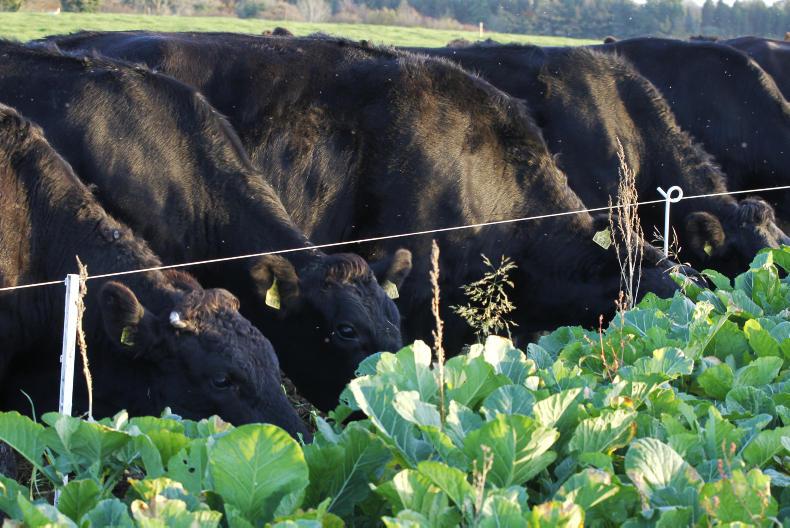
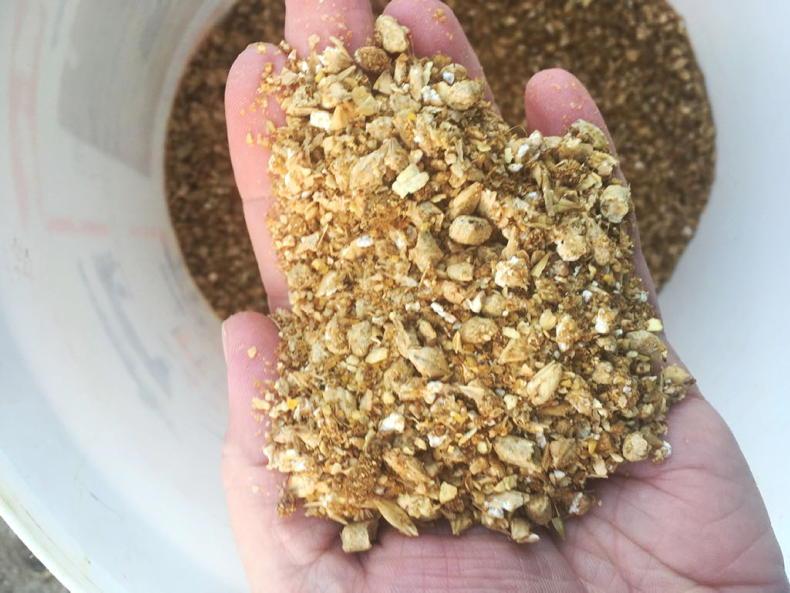

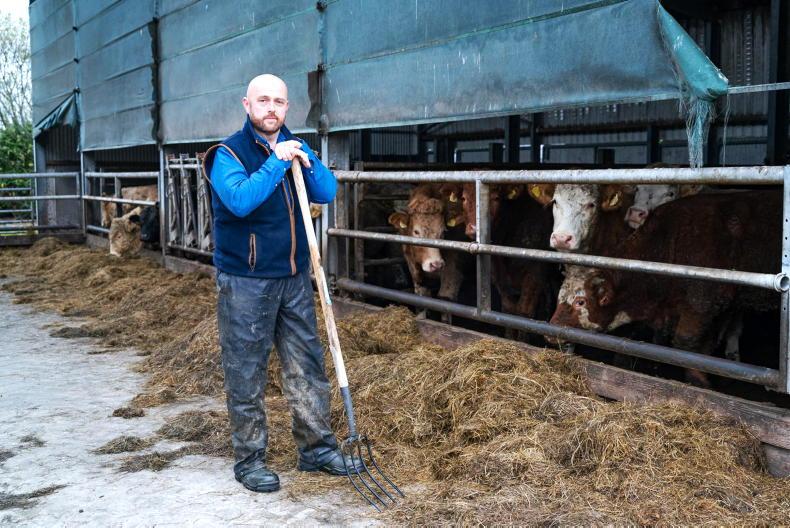
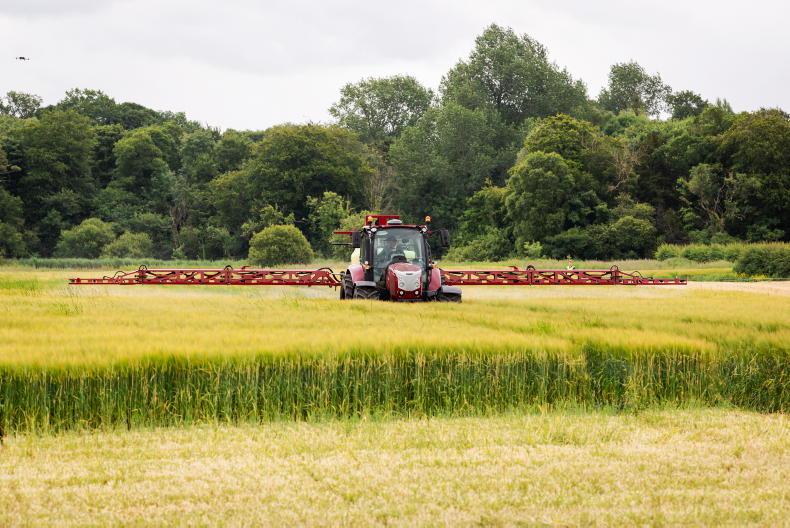
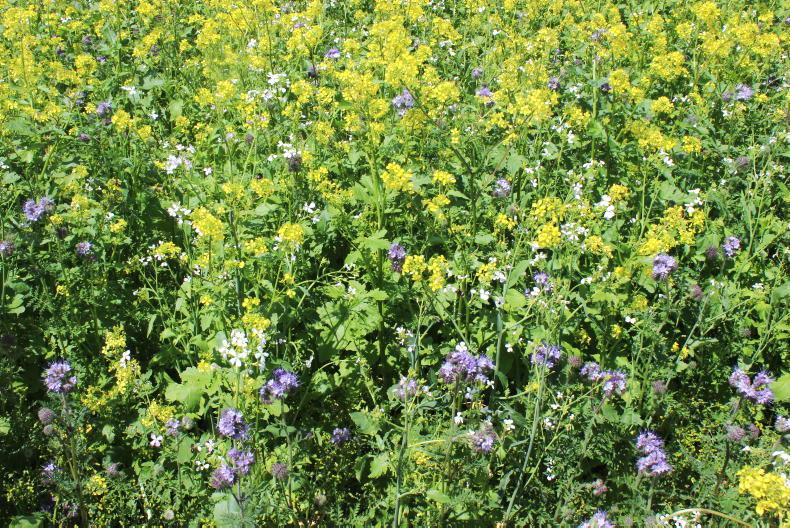
SHARING OPTIONS